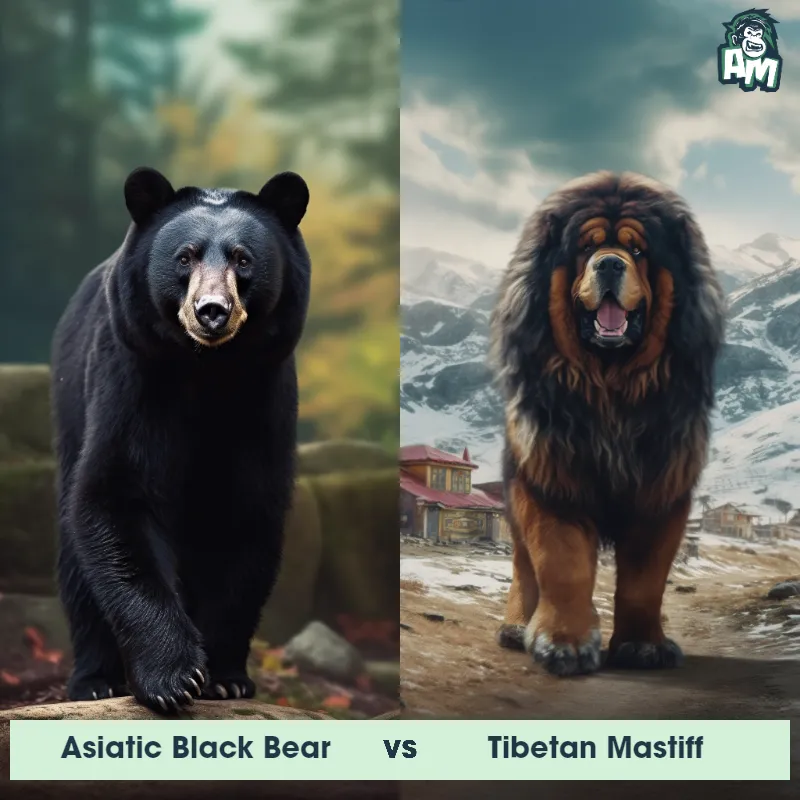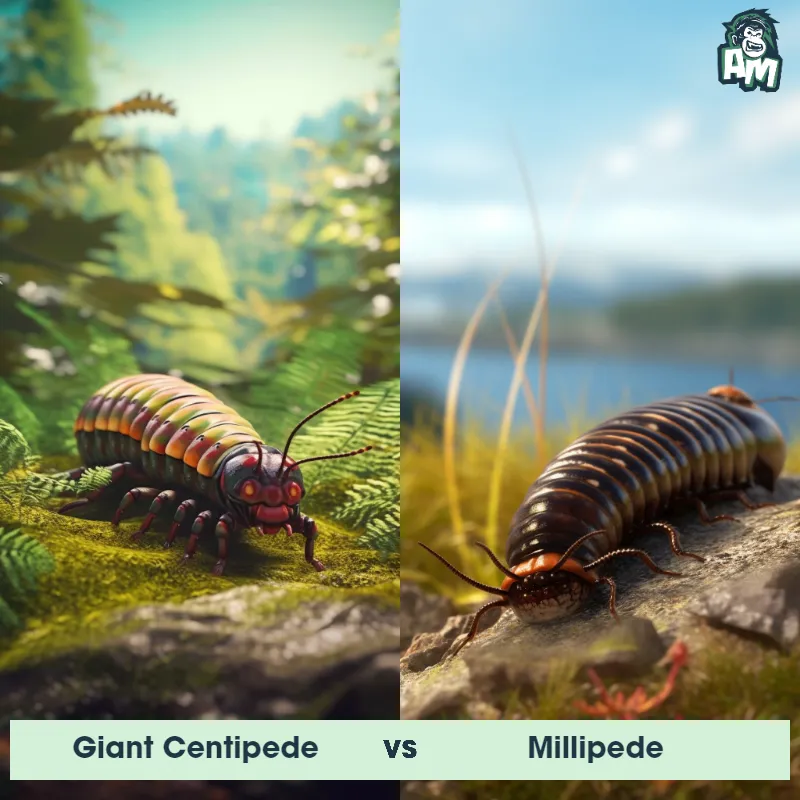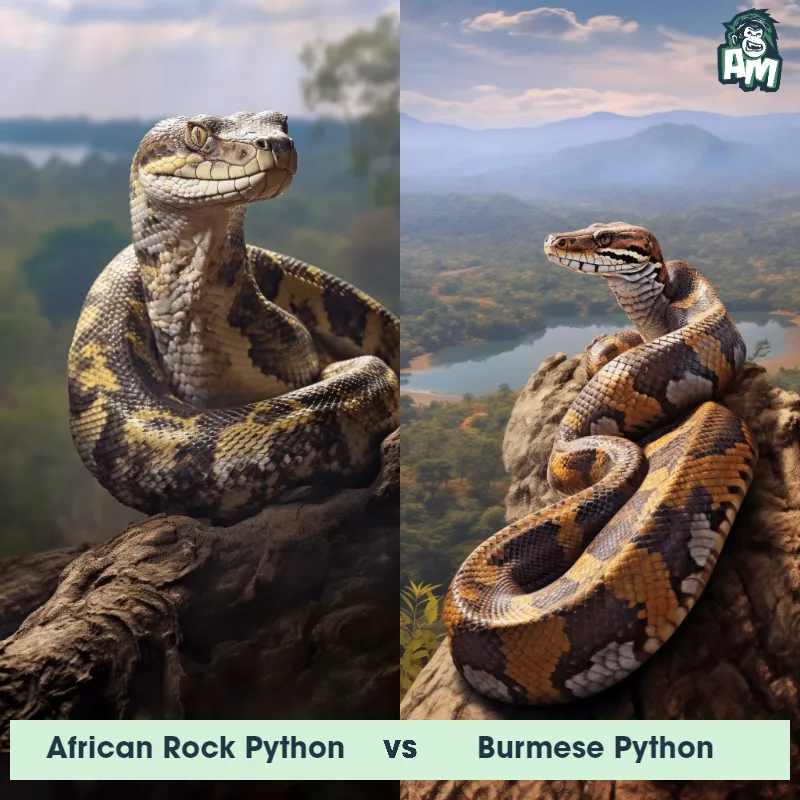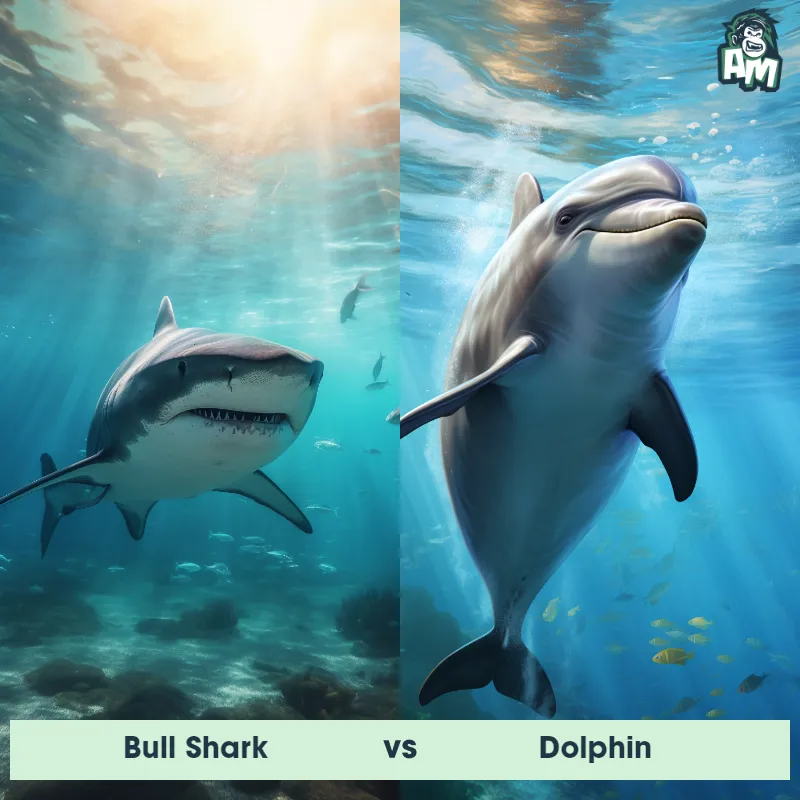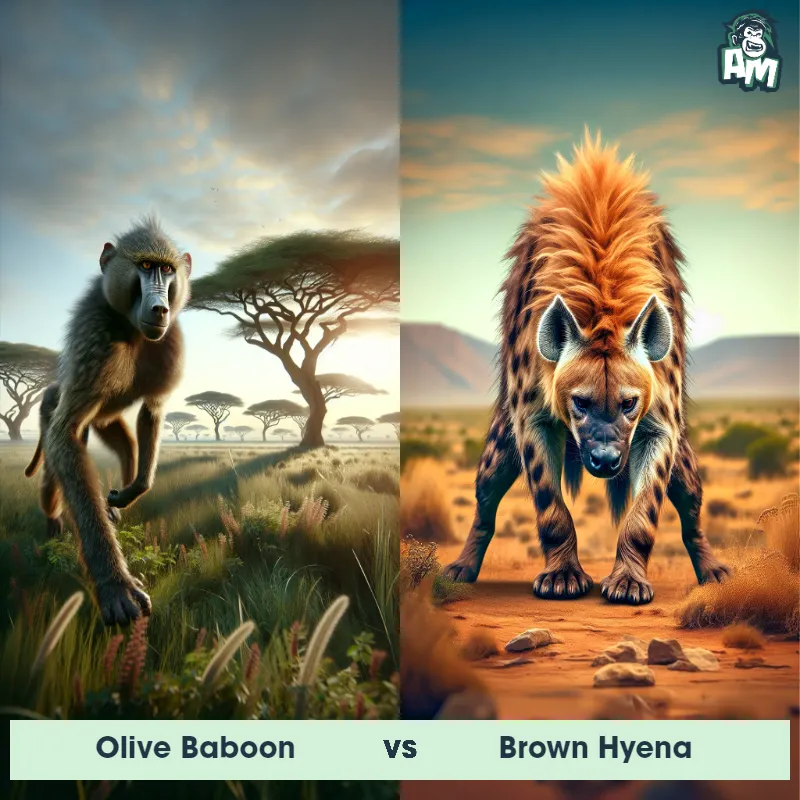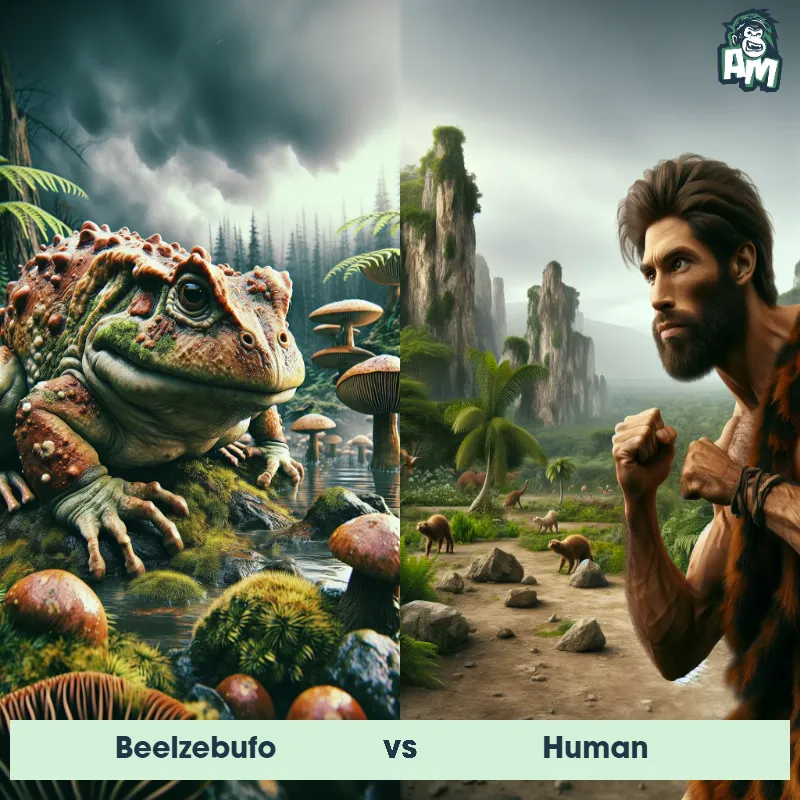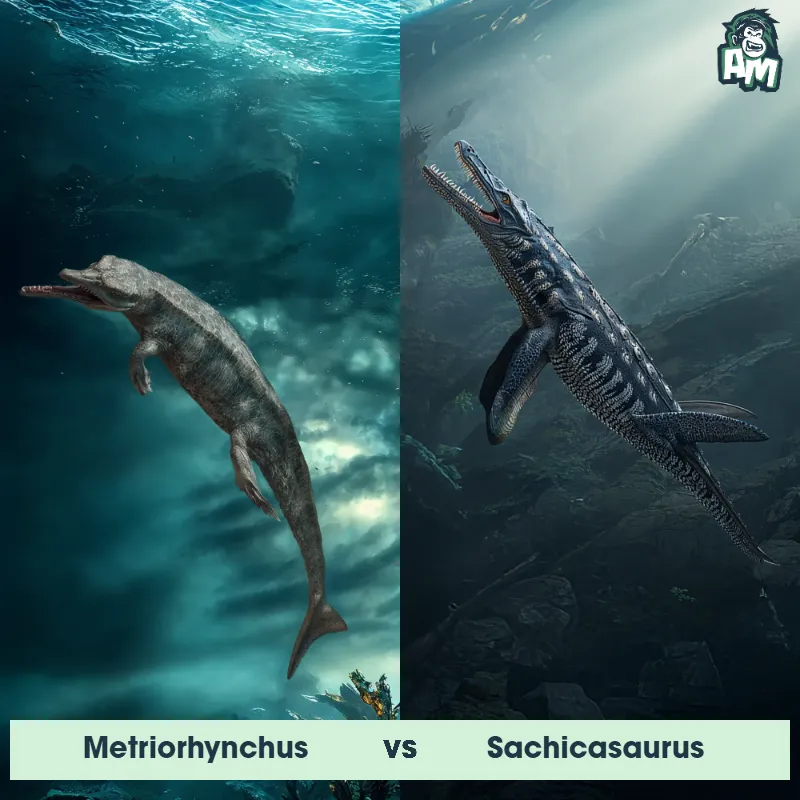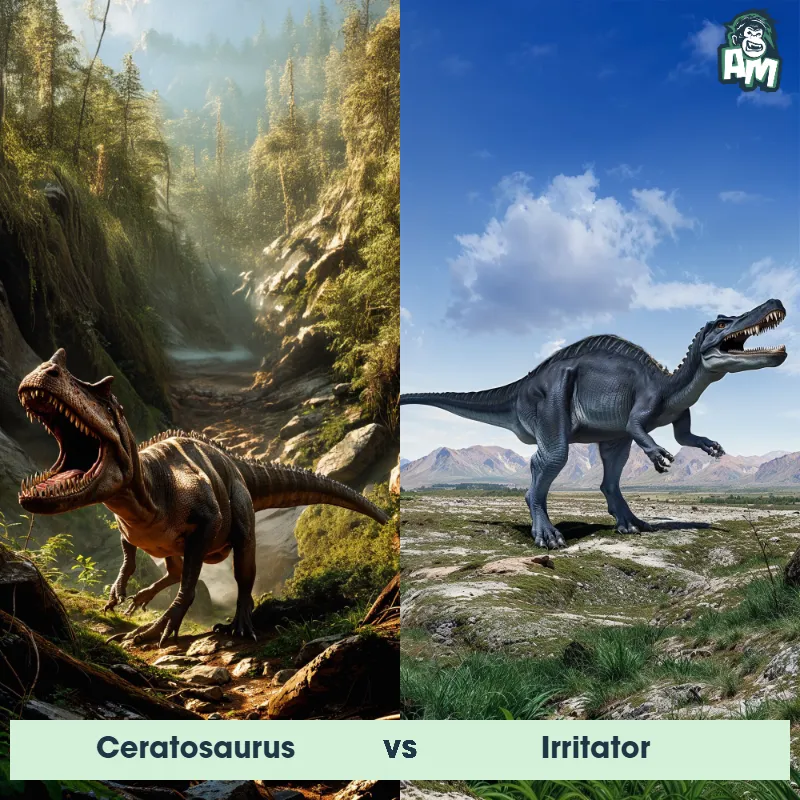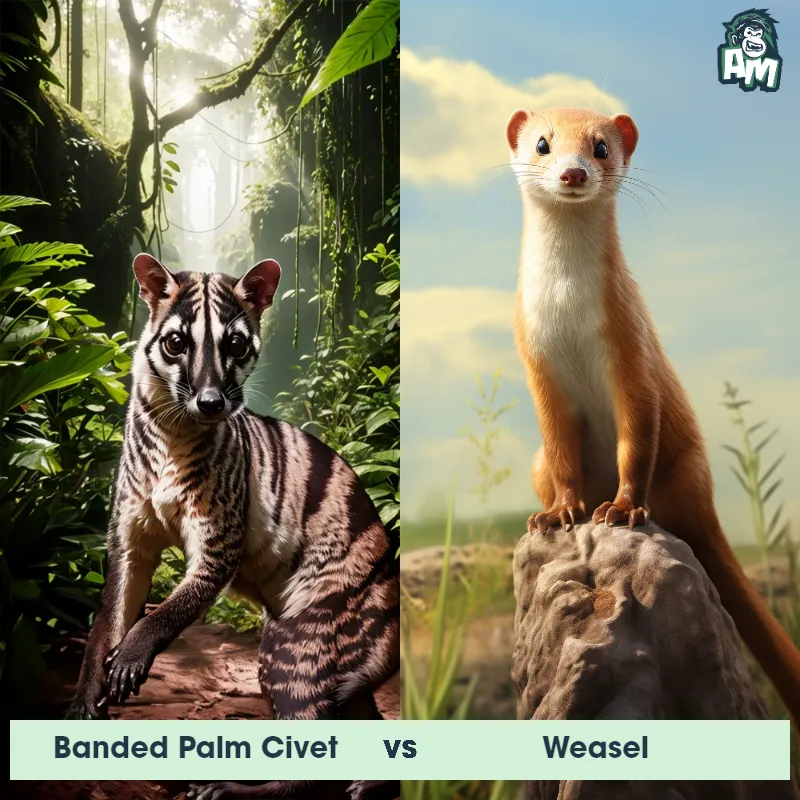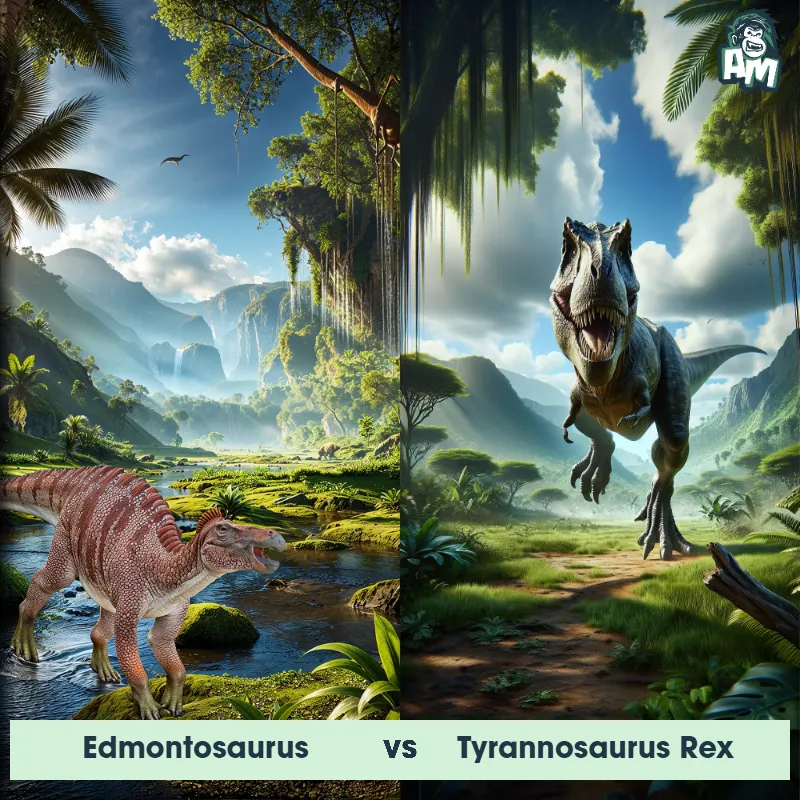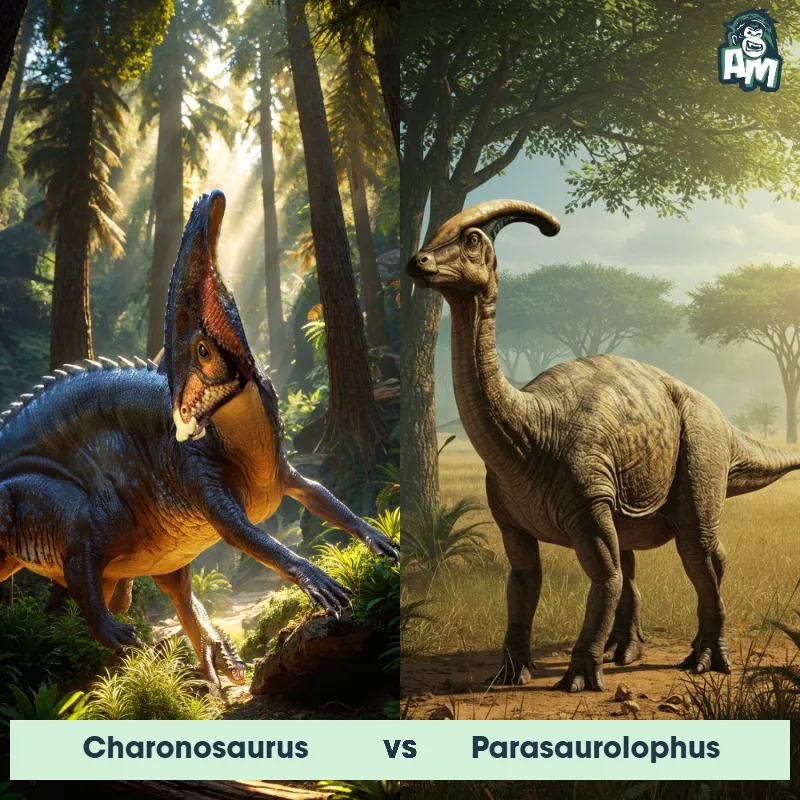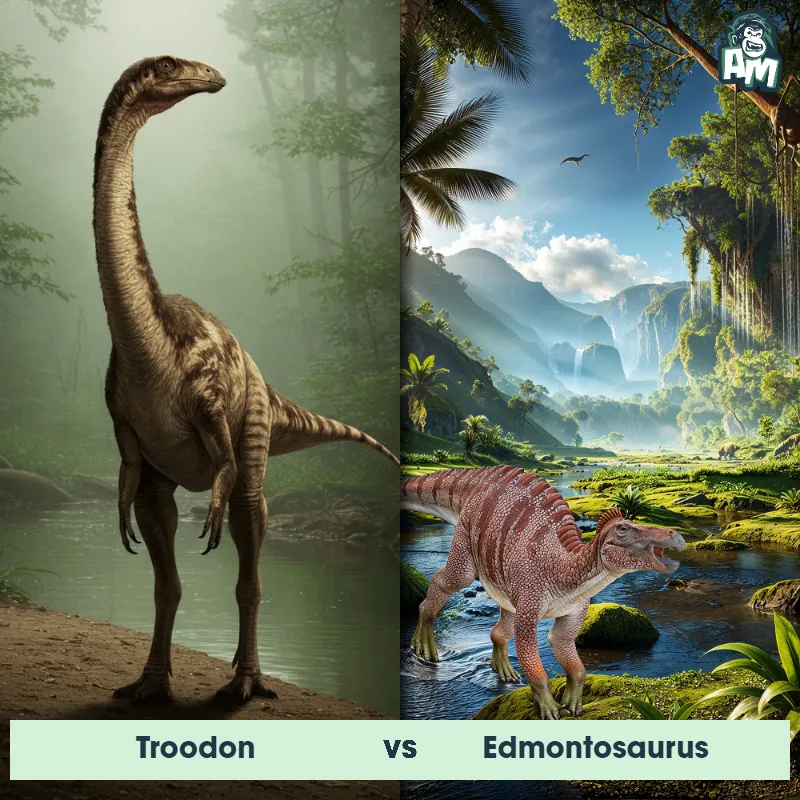Parasaurolophus vs DilophosaurusSee Who Wins
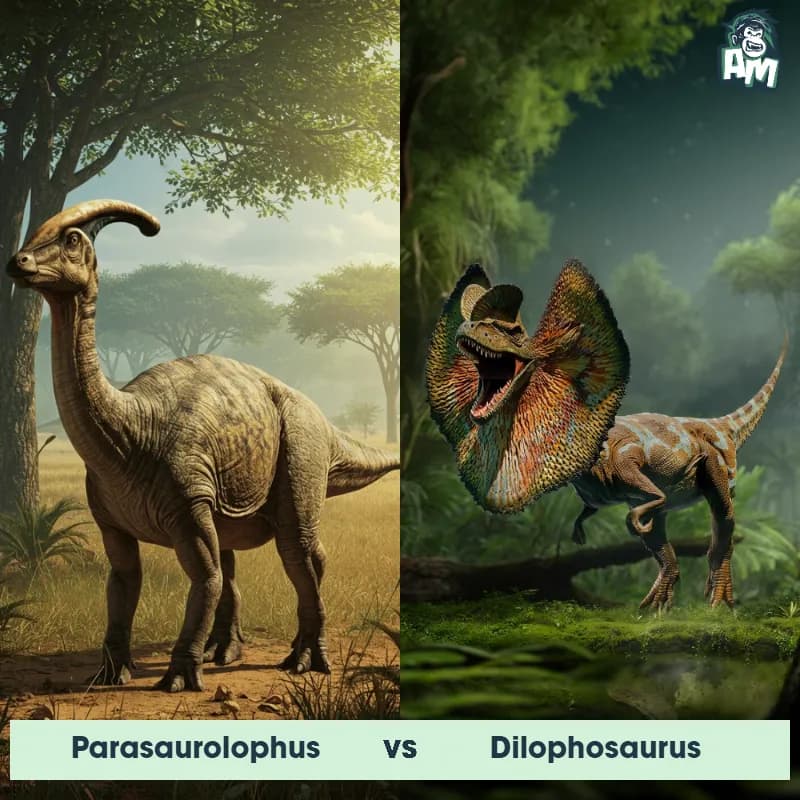
The combatants are ready! On one side, the Parasaurolophus stands tall and confident, ready to use its size and powerful tail. Across the ring, the agile Dilophosaurus, poised to deploy its speed and sharp claws.
Contender 1: Parasaurolophus
The Parasaurolophus, also known as a duck-billed dinosaur, was a herbivorous dinosaur that lived during the Late Cretaceous Period. It was characterized by its long, hollow, tube-like crest on its head, which could have been used for communication and producing low-frequency sounds. Parasaurolophus had a large body with a robust build, long tail, and four legs with hoof-like claws.
Fun Fact: One fun fact about Parasaurolophus is that its distinctive crest could have been up to six feet long in some species, making it one of the most recognizable features of any dinosaur.
Contender 2: Dilophosaurus
The Dilophosaurus, a dinosaur from the Early Jurassic period, was a carnivorous theropod known for its prominent double crests on its head, long slender legs, sharp teeth, and slender body. It had a typical length of around 20 feet and walked on two legs, using its speed and agility to hunt smaller prey.
Fun Fact: The Dilophosaurus is thought to have been one of the first dinosaurs to evolve crests on its head, which were likely used for display purposes rather than practical functions.
Matchup Stats
| Parasaurolophus | Dilophosaurus | |
|---|---|---|
| Size | Up to 30 feet long (9.1 meters) | Approximately 20 feet (6 meters) long |
| Weight | Up to 4 tons (3,629 kilograms) | Around 1,000 pounds (450 kilograms) |
| Speed | 25-28mph (40-45km/h) | 25-30mph (40-48km/h) |
| Key Strength | Strong tail for defense | Speed and agility |
| Biggest Weakness | Vulnerable neck due to crest | Size and physical strength |
Current Votes
Parasaurolophus vs Dilophosaurus
See Who Wins
View More Matches
Looking For More?
Similar Matches
Scientific Stats
| Parasaurolophus | Dilophosaurus | |
|---|---|---|
| Scientific Name | Parasaurolophus | Dilophosaurus wetherilli |
| Family | Hadrosauridae | Dilophosauridae |
| Habitat | Forests and coastal plains | Woodlands and open areas |
| Geography | North America | North America |
| Diet | Herbivorous | Carnivorous |
| Lifespan | 50 years - 70 years | 20 years - 30 years |
Key Differences between Parasaurolophus and Dilophosaurus
- Limbs: Parasaurolophus had longer, more robust forelimbs alongside its hind legs, unlike the shorter forelimbs of Dilophosaurus.
- Head Crest: Parasaurolophus had a long, tubular crest curving back from its head, whereas Dilophosaurus had two thin, arched crests on top of its head.
- Body Shape: Parasaurolophus had a barrel-shaped body with a long tail, while Dilophosaurus had a more slender build with a leaner body.
- Size: Parasaurolophus was larger, reaching lengths of up to 31 feet, while Dilophosaurus was smaller, around 23 feet long.
- Posture: Parasaurolophus primarily walked on four legs but could stand on two, whereas Dilophosaurus was bipedal.
- Skull Shape: Parasaurolophus had a longer, duck-billed skull, while Dilophosaurus had a more elongated skull with sharp teeth.



